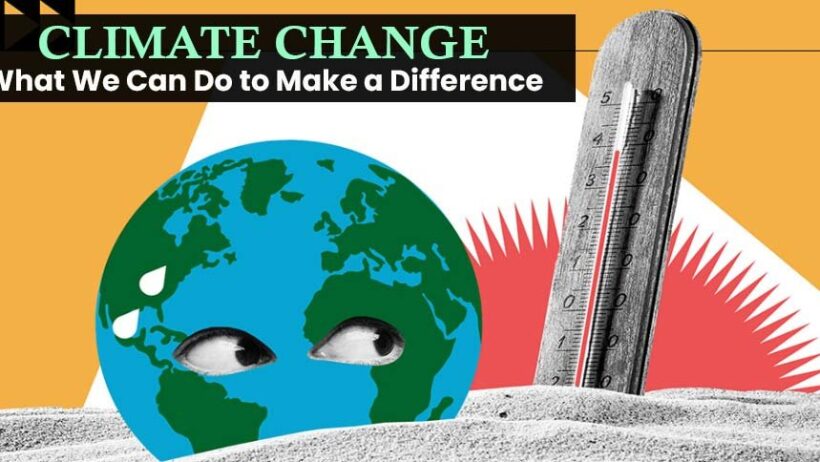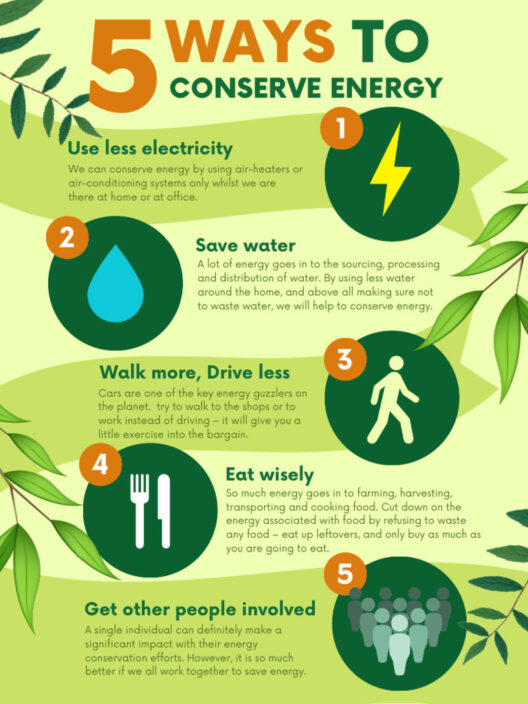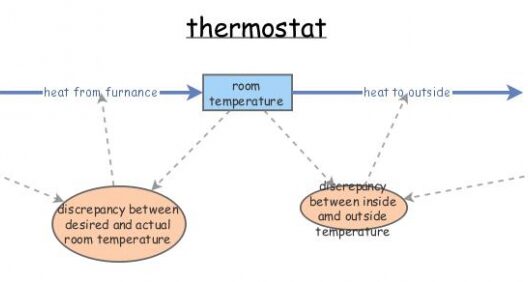The observance of climate change is not merely an environmental issue; it is a multifaceted dilemma that permeates various aspects of human existence. The gradual yet palpable shifts in weather patterns, rising sea levels, and increasing instances of extreme weather events do not exist in a vacuum. They resonate with our collective consciousness, prompting an urgent inquiry into actionable solutions. Understanding what to do about climate change requires a nuanced examination of both personal actions and systemic changes that can significantly mitigate its effects.
To begin with, one must comprehend the individual’s capacity to influence the larger framework of climate action. The following strategies illuminate distinct pathways for addressing climate change, each with its unique implications and collective potential.
1. Reduce, Reuse, and Recycle
At the forefront of sustainable practices is the triad of reduce, reuse, and recycle. This paradigm underscores the necessity of minimizing waste generation. By diminishing consumption, individuals can directly decrease the demand for production that is inherently energy-intensive and often leads to detrimental environmental repercussions. Embracing a lifestyle that prioritizes reusable items over disposable ones fosters a culture of sustainability. For instance, opting for a stainless steel water bottle rather than single-use plastic can significantly curtail plastic pollution.
Moreover, recycling materials such as paper, glass, and metals diverts waste from landfills and conserves natural resources. Understanding local recycling guidelines and participating in community recycling programs can amplify these efforts. This seemingly small action aggregates with others, contributing to significant improvements in community sustainability.
2. Energy Efficiency and Conservation
Another primary avenue for mitigating climate change is through energy efficiency. Transitioning to energy-efficient appliances and lighting not only reduces electricity consumption but also lessens greenhouse gas emissions. When households utilize LEDs instead of incandescent bulbs or Energy Star rated appliances, they significantly lower their carbon footprints.
Conservation also plays a critical role. Simple measures such as turning off lights when leaving a room, unplugging electronics, and utilizing natural light during the day can lead to substantial reductions in energy usage. Collectively, these practices not only conserve energy but also promote a culture of responsibility toward resource management.
3. Sustainable Transportation
The transportation sector is a significant contributor to greenhouse gas emissions. Therefore, adopting sustainable transportation options can have a profound impact. Carpooling, utilizing public transport, cycling, or walking are not only eco-friendly alternatives but also reduce traffic congestion and improve air quality.
The advent of electric vehicles (EVs) further accentuates this movement. While the initial investment may be substantial, the long-term benefits, both environmentally and economically, are undeniable. Incentives for EVs often include tax rebates and lower fuel costs, making this transition more accessible to individuals.
4. Advocacy and Engagement
Personal action, while impactful, must be complemented by broader systemic change. Engaging in advocacy for environmental policies is crucial. Individuals can participate in local governance by attending meetings, joining environmental organizations, or even contacting representatives to express support for sustainable policies.
Moreover, education plays an integral role. By informing oneself and others about climate issues, individuals can cultivate a community that prioritizes sustainability. Whether through social media platforms, community workshops, or informal gatherings, spreading awareness about climate change encourages a collective movement towards addressing this pressing challenge.
5. Support Sustainable Practices
Supporting businesses that prioritize sustainability is another impactful strategy. By choosing to purchase products from companies that practice ethically sourced materials and sustainable manufacturing processes, consumers send a clear message about the importance of environmentally conscious practices.
Moreover, investing in local produce not only supports local economies but also reduces the carbon footprint associated with transporting goods over long distances. Engaging in community-supported agriculture (CSA) or frequenting farmers’ markets are excellent ways to contribute positively to both community wellbeing and environmental sustainability.
6. Restore and Preserve Natural Ecosystems
Understanding the value of biodiversity is essential in combating climate change. Natural ecosystems such as forests, wetlands, and oceans serve as carbon sinks, absorbing significant amounts of CO2 from the atmosphere. Thus, participating in local restoration projects or advocacy efforts aimed at preserving these vital habitats is critical.
Planting trees, particularly in urban areas, can not only improve air quality but also combat urban heat islands. Additionally, supporting policies that protect natural habitats fosters a holistic approach to climate change mitigation that recognizes the interconnectedness of ecological health and climate stability.
7. Invest in Renewable Energy
The transition from fossil fuels to renewable energy sources is paramount in addressing climate change comprehensively. Advocating for policies that expand renewable energy infrastructure, such as solar, wind, and hydropower, can yield substantial long-term benefits. Investing in solar panels for residences, even if initially costly, proves to be economically wise as energy prices fluctuate and more communities adapt sustainable practices.
In conclusion, the modalities for combating climate change are varied and require an amalgamation of personal commitment and collective action. From simple lifestyle changes to advocating for systemic reforms, every action contributes to a larger narrative of environmental stewardship. Engaging deeply with these strategies fosters a resilient community prepared to face the challenges posed by climate change while ensuring a sustainable future for generations to come.








